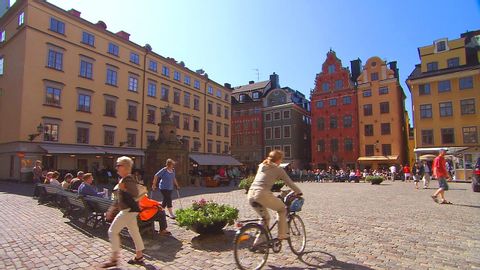
Subtitles & vocabulary
Video vocabulary
museum
US /mjuˈziəm/
・
UK /mjuˈzi:əm/
- Countable Noun
- Building to display art/science/history objects
A2
More garden
US /ˈgɑ:rdn/
・
UK /ˈgɑ:dn/
- Noun (Countable/Uncountable)
- Yard; ground outside your house to grow plants
- Public park in which visitors can see flowers
- Intransitive Verb
- To work in a yard to grow plants, vegetables
A2
More city
US /ˈsɪti/
・
UK /'sɪtɪ/
- Noun (Countable/Uncountable)
- Area with many buildings, roads and people
- A self-governing incorporated municipal organization.
- Adjective
- Relating to a city or urban area.
A1
More sea
US /si:/
・
UK /si:/
- Noun (Countable/Uncountable)
- Very large group of people, similar-looking things
- Large body of salty water with land around it
A1
More Use Energy
Unlock All Vocabulary
Unlock pronunciation, explanations, and filters
